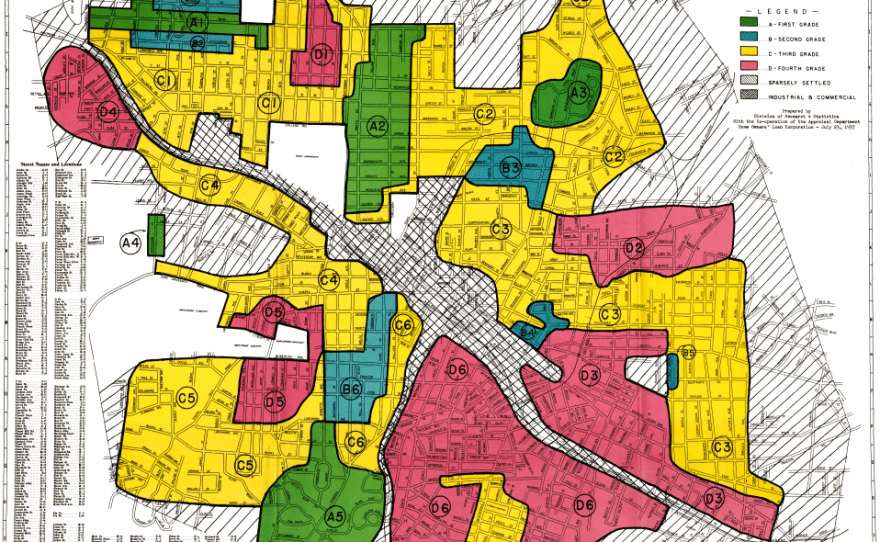What was the main purpose of Wilson’s 14 Points?
To establish lasting peace and prevent future wars.
Why did many immigrants come to the U.S. between 1865–1920?
For jobs, land, freedom, or to escape persecution.
Who was John Brown?
A radical abolitionist who used violence to oppose slavery.
What was the Gilded Age?
A time of rapid economic growth and social inequality (1877–1914).
Which group primarily benefited from the 19th Amendment?
Women
Why did Japan attack Pearl Harbor?
To stop the U.S. from blocking Japan’s plan to take over land in Asia and the Pacific.
What international group did Wilson want to create?
The League of Nations.
What kinds of jobs did many immigrants work in during the Gilded Age?
Low-wage factory jobs.
What happened at Harpers Ferry in 1859?
Brown tried to start a slave rebellion by seizing a federal arsenal.
How did the U.S. respond to the Pearl Harbor attack?
The U.S. Government began establishing "military zones" along the West Coast in which Japanese Americans were restricted. Japanese families that resided in these zones had to relocate to internment camps.
Which marginalized groups were directly affected by the Civil Rights Act of 1964?
African Americans and others facing racial, religious, or national origin discrimination
What kind of government did the Soviet Union have during WW2?
Totalitarian
Dictatorship
Communism
What role did propaganda play in the U.S. during WWI?
It was used to encourage enlistment, promote war bonds, and create support for the war effort
What was "nativism"?
A belief that immigrants were inferior and threatened American values.
How did Northerners and Southerners view John Brown differently?
Northerners saw him as a hero, Southerners saw him as a terrorist.
Why did the U.S. restrict Chinese Immigration in 1882?
The U.S. restricted Chinese immigration because many Americans believed Chinese laborers were taking jobs and driving down wages.
What was the main ruling in Brown v. Board of Education?
Segregation in public schools is unconstitutional
What was the Treaty of Versailles and how did it lead to the beginning of WW2?
It was a peace treaty after WW1 that punished Germany. It made Germany pay money, lose land, and take the blame. This made Germans angry and helped Hitler rise to power.
Name the four MAIN long-term causes of World War I. Explain how they led to WWI.
Militarism, alliances, imperialism, or nationalism (any two)
What are Robber Barons and Captains of Industry? How do they differ?
Both were powerful business leaders in the 1800s. Robber Barons used unfair or greedy methods to get rich. Captains of Industry helped the economy and created jobs.
What was the Fugitive slave act of 1850
Made it illegal to help fugitive slaves and a requirement to inform the law about suspected fugitive slaves. This law made tensions higher, giving people reason to be suspicious of each other.
How did the Great Depression and Stock Market Crash help lead to World War 2?
Other countries suffered, and people turned to leaders like Hitler and Mussolini who promised jobs and safety.
Explain what this map shows and its significance

This map illustrates redlining, a practice in which banks refuse loans or insurance to individuals based on their residence in areas considered to be high financial risks. This negatively impacted African Americans in the 1900s by preventing black families from purchasing homes, which consequently hindered their ability to build wealth.
What was the U.S. attitude towards getting involved in WW2 before Pearl Harbor? Explain.
Isolationism. Most Americans wanted to stay out of the war. They didn’t want to fight in another country’s problems.
What were three key reasons the U.S. entered WWI?
Sinking of the Lusitania, unrestricted submarine warfare, Zimmermann Telegram.
How did industrialization, immigration, and urbanization connect in the Gilded Age?
Factories needed cheap labor → immigrants moved to cities → cities grew rapidly.
What is popular sovereignty?
the ultimate authority in a government resides in the people. This means that the government's power comes from the consent of the governed, and its legitimacy depends on whether it acts in accordance with the will of the people.
What was eugenics?
A racist pseudoscience claiming some groups were genetically superior.
What doctrine was established by Plessy v. Ferguson?
“Separate but equal”
Define Communism
A system where the government owns all property and businesses, and everyone is supposed to share things equally.